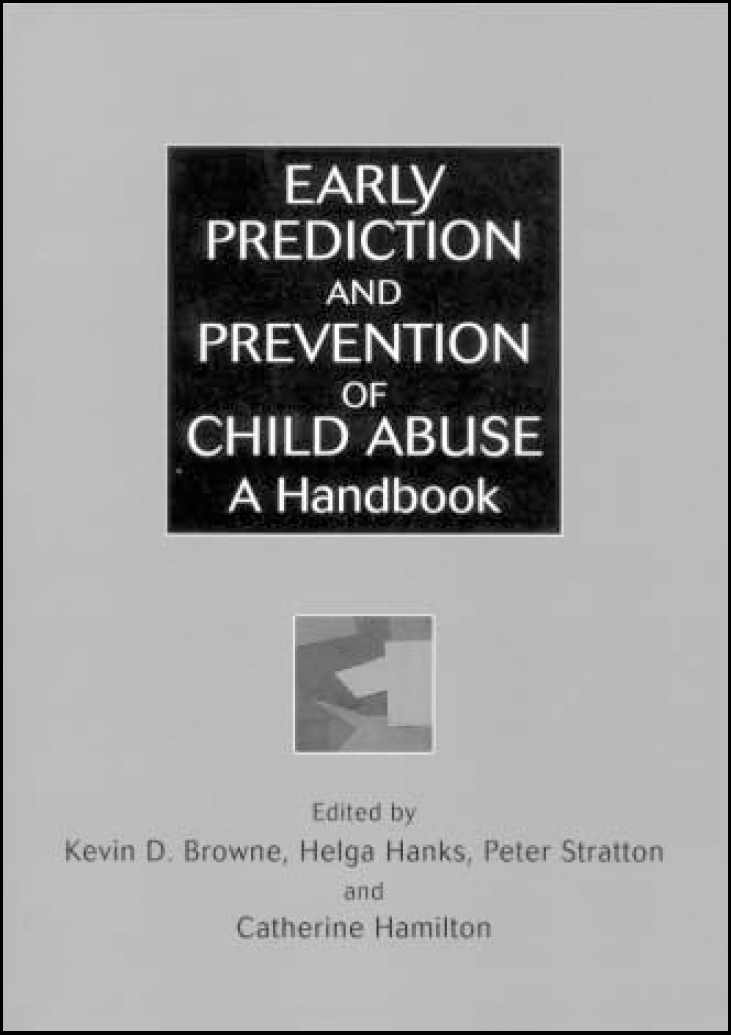
This is a useful and wide-ranging book. There are thirty-eight contributors, whose skills range from social work to law and mental health. There is a helpful mixture of practitioners and researchers. The work originates in the UK and the USA, with two contributions from Australia, but, as is commonly the case, there are no other European contributions and none from the rest of the world.
The first section, on prevalence and prediction, describes evidence on data collection concerning child maltreatment. This indicates some marginal decrease in prevalence but also reminds us that child neglect is underestimated and underevaluated and that the prediction of rare events such as fatal child abuse remains highly problematic (a theme relevant no doubt to those within the Royal College of Psychiatrists who are concerned about proposed mental health legislation which may oblige doctors to predict all forms of adult dangerous criminal behaviour). The chapters on multi-disciplinary child protection and the collection of evidence are, in my view, particularly valuable to psychiatrists, who tend to become involved at a later stage in legal proceedings.
The next section, on primary and secondary prevention, is most helpful to those who are attempting to plan those who are attempting to plan community-based child mental health services.
The third section, on tertiary prevention and helping children and families affected by child abuse, contains a useful overview by Lucy Berliner (University of Washington) of therapy for children traumatised by abuse, a literature search on evidence as to whether it is possible to break patterns of intergenerational abuse (Egeland et al), and a well-referenced chapter on the difficult interventions necessary if children are failing to thrive or are emotionally abused (Iwaniec et al). The chapter by Bullock & Little, from the well-respected Social Research Unit at Dartington in the UK and the University of Chicago, is helpful in clarifying the rules by which children's services are governed and implemented, and gives an update on practice issues, outcome and evaluation studies.
If I have one criticism, it is that the final section, on working with offenders, is heavily slanted towards work with those who have committed sexual offences against children and does not, in my view, give enough thought to the effects on children and adolescents of violence from one parent to another. The concluding chapter, by Lynch & Browne from London and Birmingham, provides searching comments on children from ethnic minorities, those with disabilities, asylum-seekers and other critically important issues for current medico-legal practice across the world. The legal system of the UK is emphasised and debated preferentially, but the principles for practice throughout this book apply to children everywhere and I strongly recommend it.



eLetters
No eLetters have been published for this article.